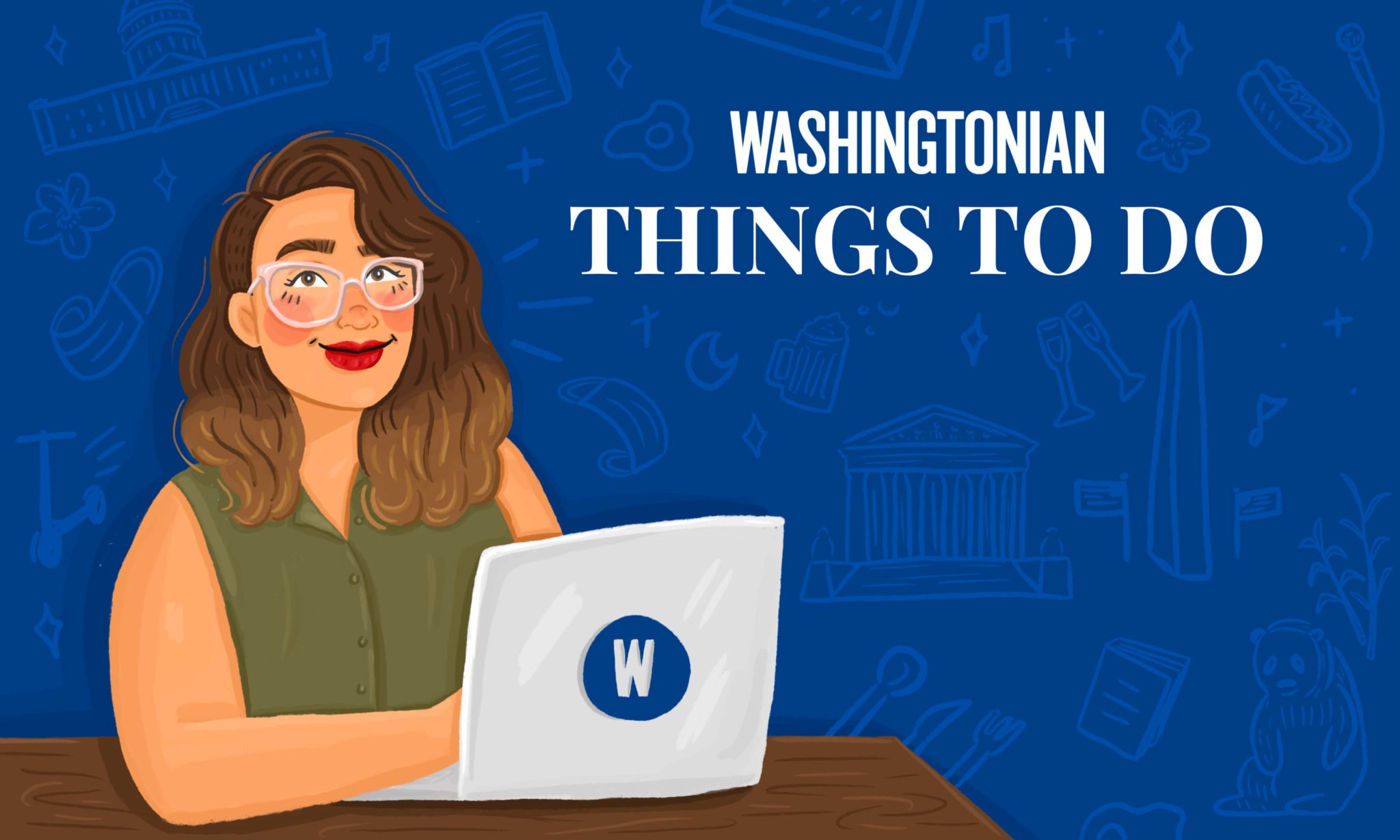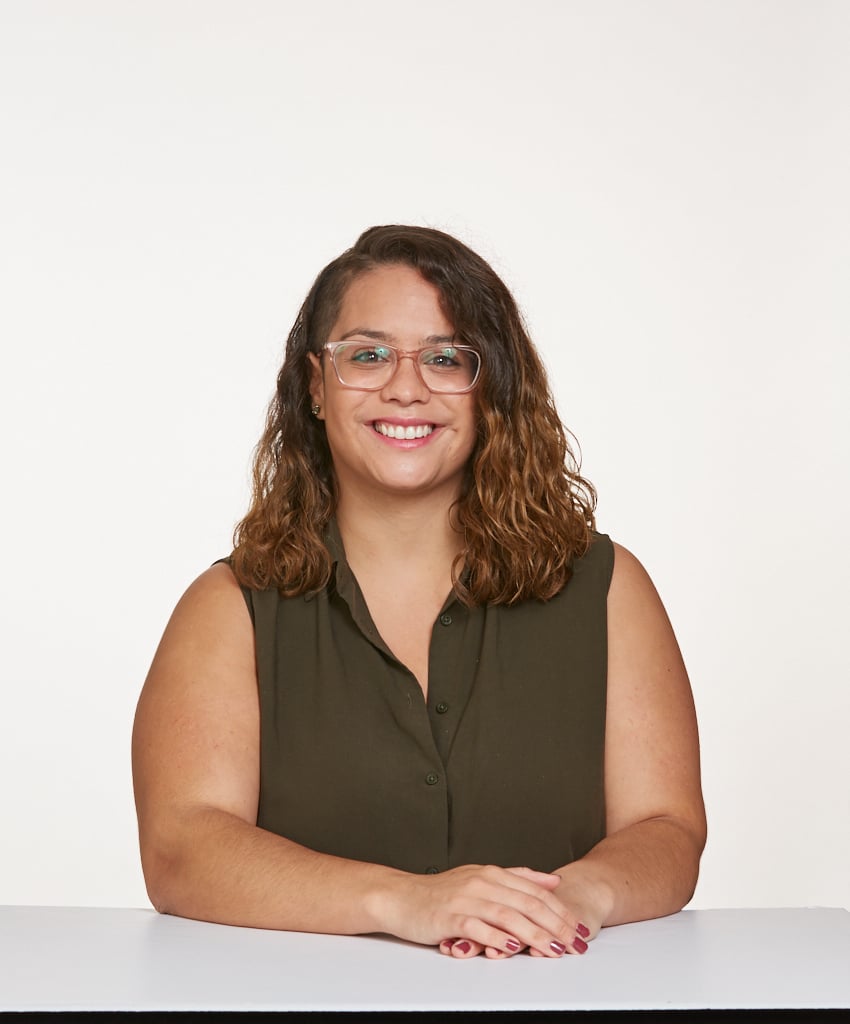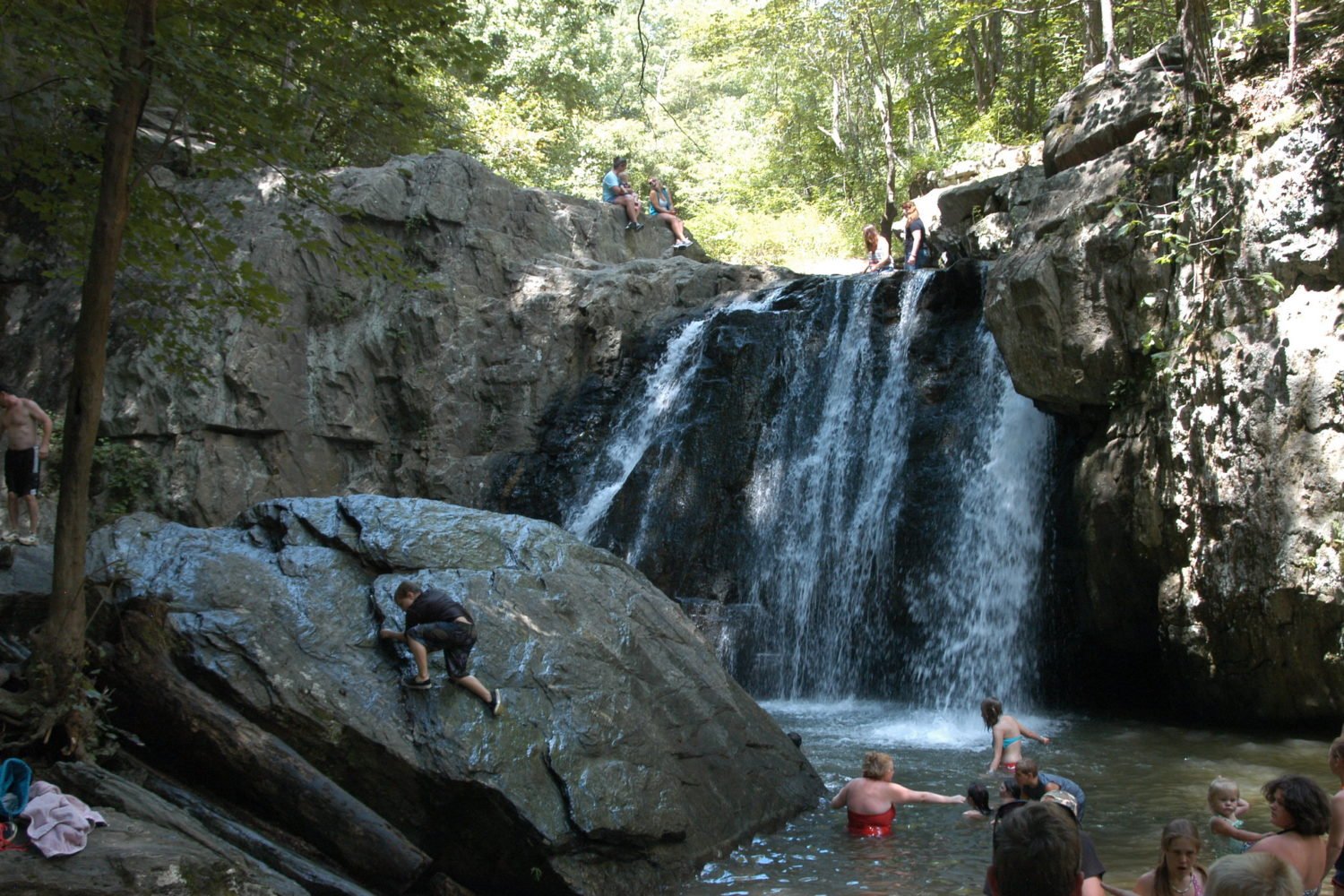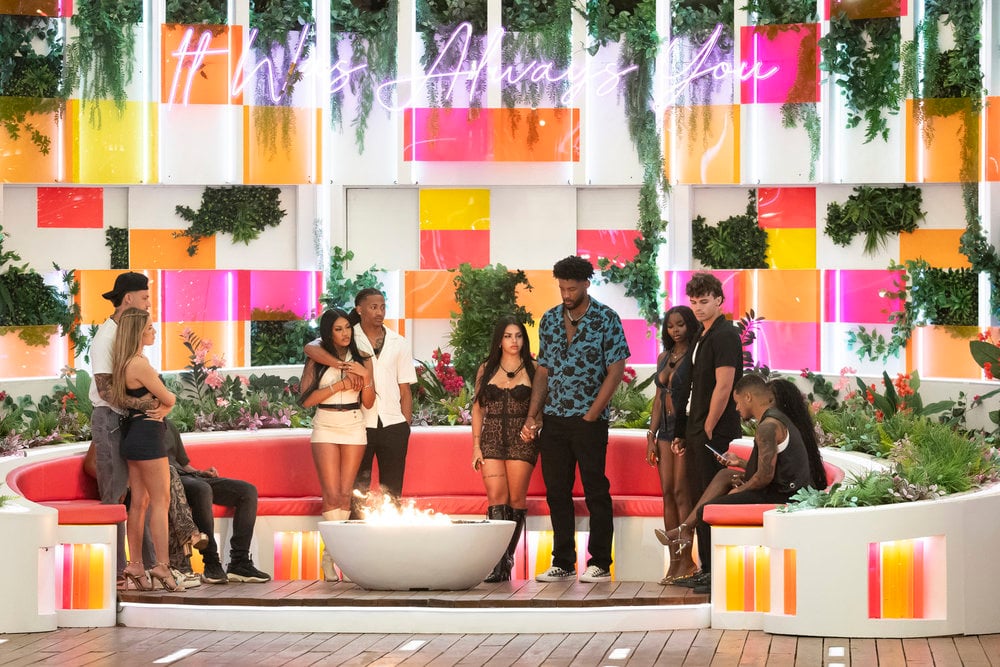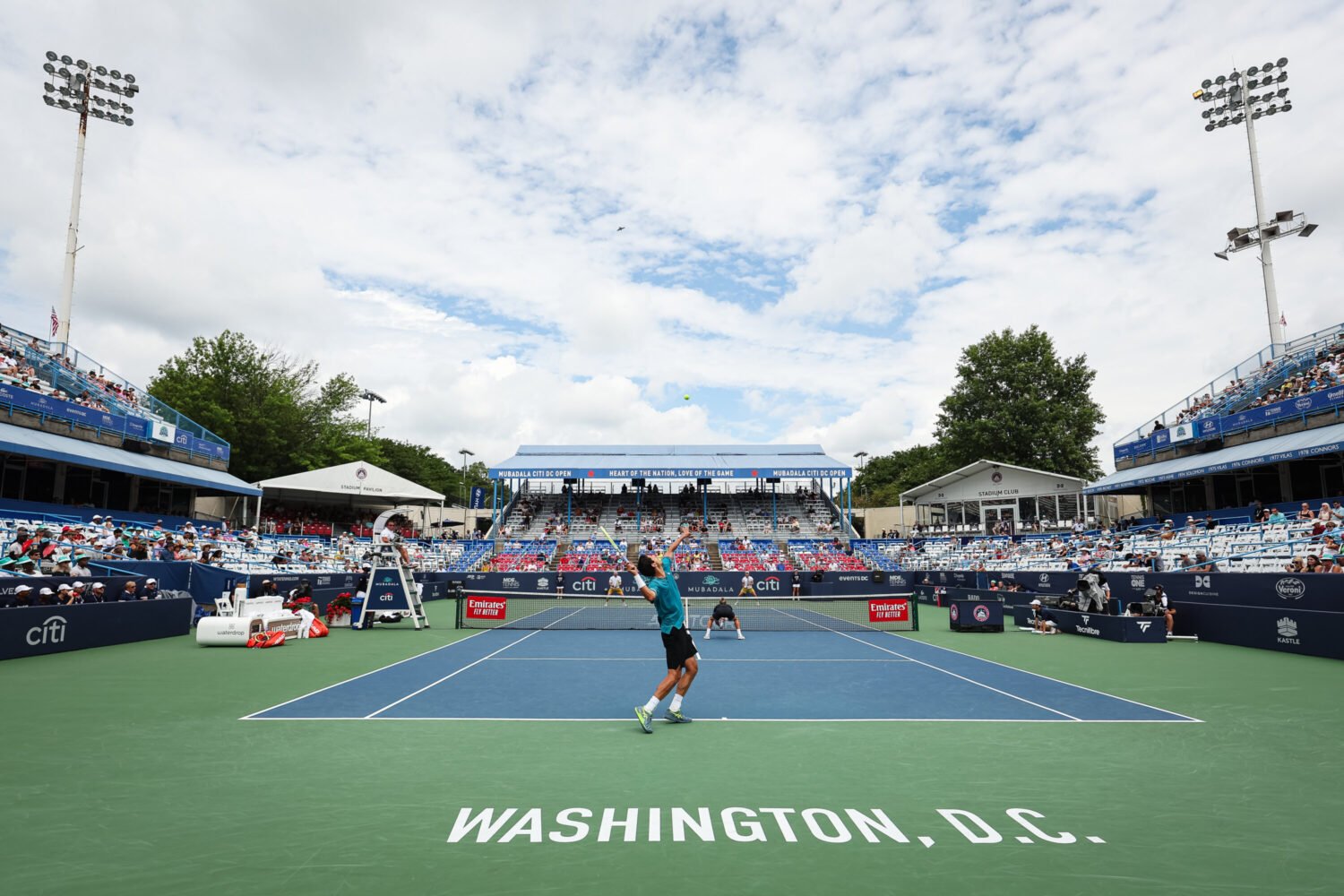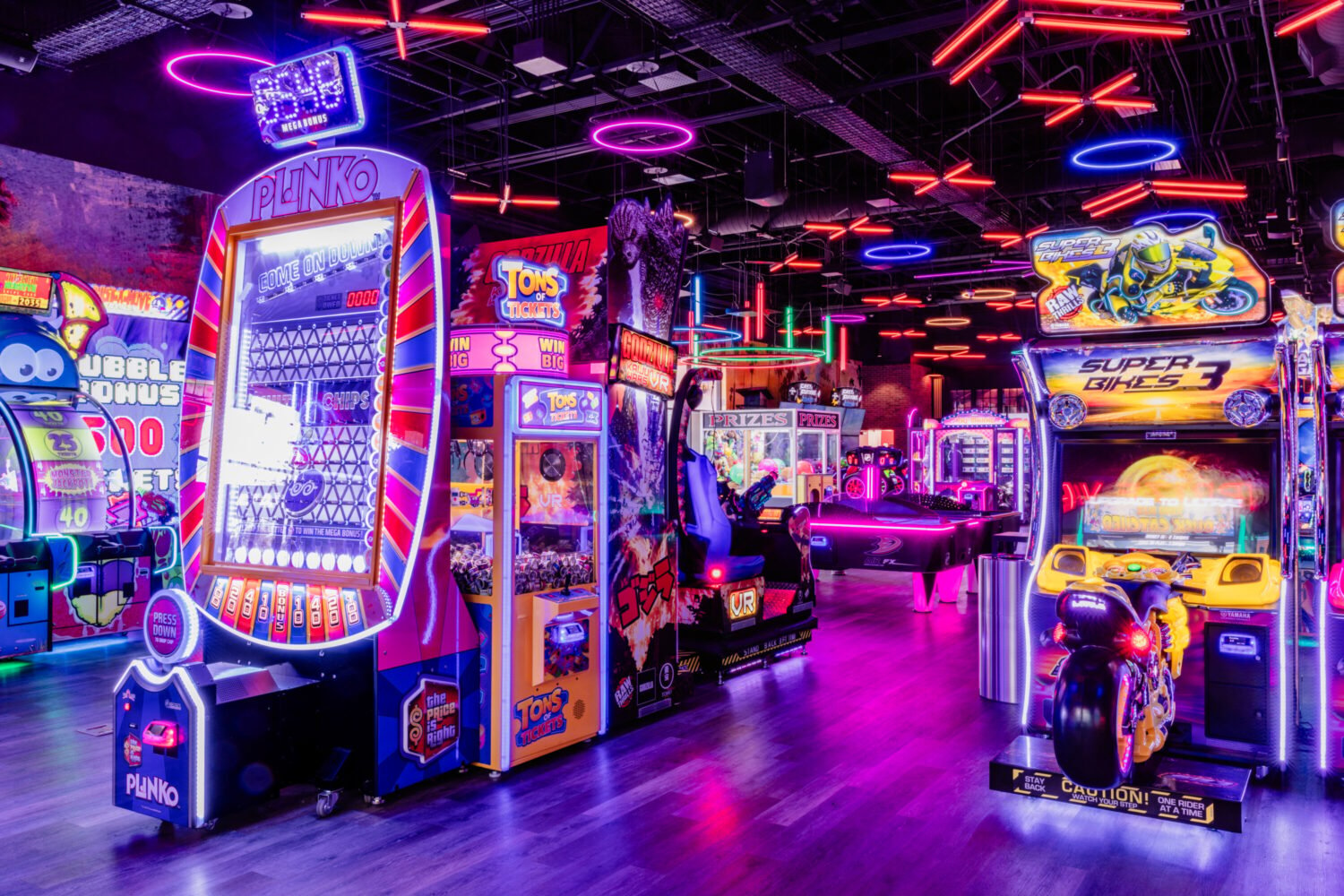Hey friends!
We’ve got go-go, a hard seltzer fest, and an unlimited wine tasting.
Here’s what you should check out this weekend:
What to watch: The DC Asian Pacific American Film Festival is kicking off today with a broad lineup of 56 films from seven countries; screenings are available virtually or in-person at AFI Silver Theatre. See imaginative works about the failures of sex education, the popularity of Hawaiian hula dance in Japan, the difficulties of pleasing a the matriarch of the family, and more. Closing night will show The Girl Who Left Home, an emotional piece from Mallorie Ortega, who grew up in Rockville, that asks whether the protagonist should take over the family business or pursue her acting career in LA. Thursday 7/15 through Sunday 7/25; prices vary, find out more here.
Celebrate Latinx arts: “¡Viva Cultura!” is a three-day festival at the Kennedy Center’s Reach with an arts market, dance classes, live music, and more. Try dancing Bomba, the folkloric drum music of Puerto Rico, catch a performance from the pop-flamenco group Trio Caliente, or take a salsa class. Thursday 7/15 through Saturday 7/17; Free, learn more here.
Doors reopen: The Freer Gallery, under the umbrella of the Smithsonian’s National Museum of Asian Art, will welcome back visitors starting Friday—no timed entry passes required. (Note: The Sackler Gallery will not open until November.) One highlight to see is “Hokusai: Mad about Painting,” a collection of works by Japanese artist Katsushika Hokusai, who is best known for his print “Great Wave off Kanagawa.”
Wine and dine: Mount Vernon is hosting a Summer Wine Festival & Sunset Tour this weekend. Sip a variety of locally made wines with unlimited samples and bring a picnic blanket to enjoy the view. Friday 7/16 through Sunday 7/18 at 6 PM; $43-$53, buy tickets here.
Fizzly fun: Hard seltzer fans, this one’s for you. The touring festival Seltzerland is stopping in DC with a selection of 30+ spiked seltzers for guests to sample—including local brands like DC Brau alongside White Claw et al. Select a time slot and head to the golf course in Rock Creek Park to get your drink on. Saturday 7/17, times vary; $39-$59, buy tickets here.
Where the party’s at: Go-go legends Big Tony and Trouble Funk are heading to Wolf Trap for a special show featuring Sugar Bear (of EU fame) and The Legendary DJ Kool. Bring your dancing shoes because once the percussion is flowing, you probably won’t stay in your seat for long. Sunday 7/18 at 8 PM; $22, buy tickets here.
Om nom nom: Find free ice cream and other notable food events happening around town here.
It’s a racket: The Citi Open tennis tournament is becoming one of the hottest (and hardest-to-snag) tickets this summer. After announcing that international sensation Rafael Nadal will be DC bound, the event will now open to host guests at full capacity to meet demand. Find out more here.
Better than a typical rom com: A new project from the Obamas that’s headed to Netflix is an anthology dedicated to young Black love stories. Learn more from Washingtonian assistant editor Damare Baker here.
Something to read:
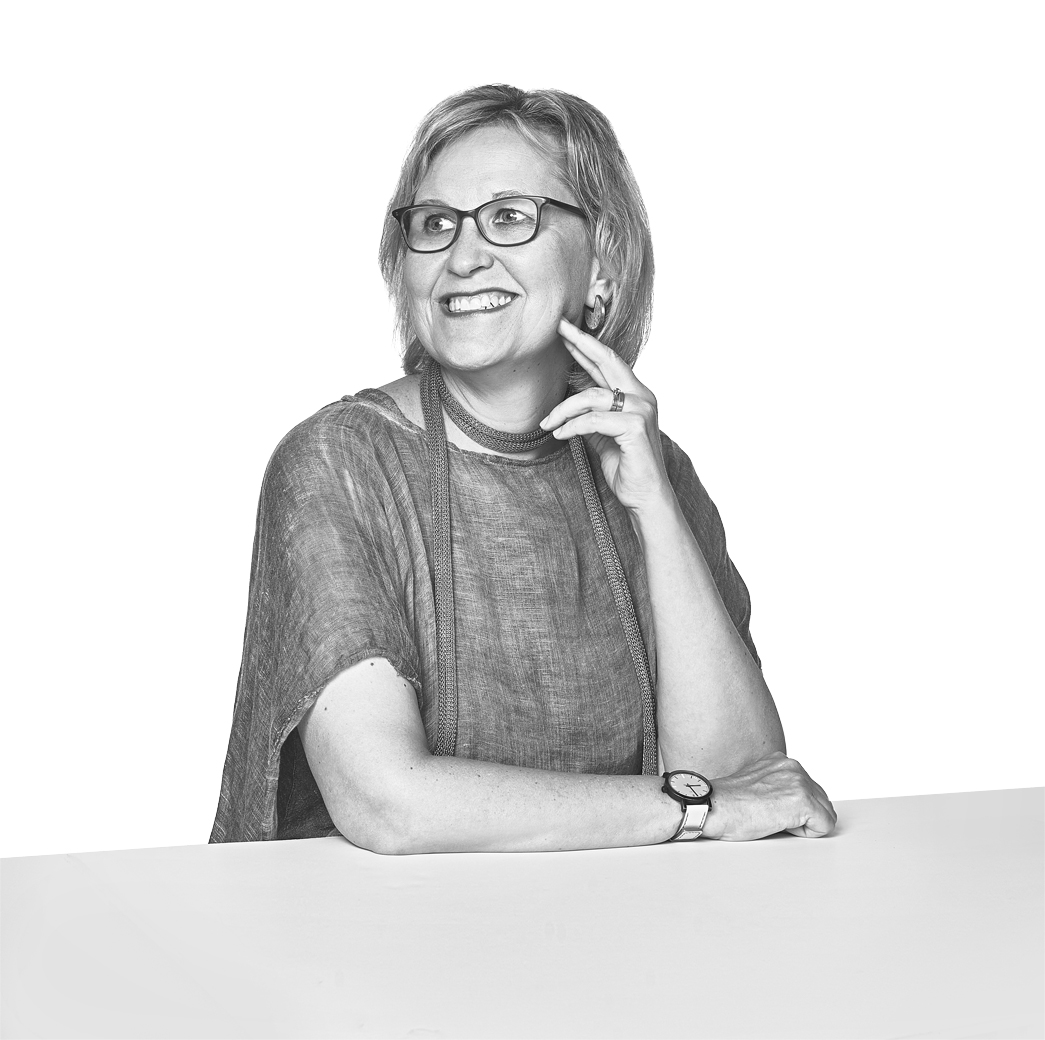
My coworker Rob Brunner had the chance to chat with Kaywin Feldman who runs the National Gallery of Art. The museum has recently rebranded itself and Feldman is leading the way, so we wanted to ask why. Here’s an excerpt from that interview:
By your own accounting, the NGA’s art collection is around 92 percent male and 97 percent white. How did that happen?
I actually looked back: When the gallery was founded in 1941, America was [almost] 90 percent white and [close to 10] percent African American. It’s by 1970 that demographics in America started to really change, and museums didn’t realize that demographics were changing until about the late ’90s. As a field, we were just way too slow to realize that America was changing. There is a particular challenge for [the National Gallery] because we only show European and American art. That automatically narrows the collecting purview. In earlier periods, it just wasn’t a consideration to collect work by women artists or artists of color. But we are working hard to acquire more works.
How do you do that? What’s involved in identifying the art that belongs in this museum and acquiring it?
[NGA founder] Andrew Mellon put in our charter that our collection had to be of the absolute highest quality. And unlike most museums, we don’t deaccession from the collection. Those two things mean that when we look at a work of art for the collection, we really, really make sure it hits a high bar of excellence. Now, what changes is the definition of excellence.
So what is your definition of excellence?
It would be something where the artist has mastered their technique, the composition of the work of art is powerful, it feels like an original work of art, and it’s something that can speak across time and place to people.
What role do you think art museums—and the National Gallery in particular—have in addressing the cultural moment, whether through choices you make with acquisitions or the exhibitions you put on?
I don’t think partisan politics necessarily have a place or a role in art museums. But art is the story of the human lived experience, so it’s going to be filled with pain and trauma and war and hurt, as well as joy and beauty and redemption. It’s the whole spectrum. You can’t ignore that people are at the center of what art museums do, so of course people are going to feel strongly, one way or another, about the works of art, about the exhibitions. Sometimes it drives me crazy. Most of the time, I think, “Thank goodness people care.” It’s why art museums still matter today. We’re relevant because art is always the expression of what it is to be human.
Thanks for reading! Tell me what you’re up to at home by dropping me a line at rcartagena@washingtonian.com.

